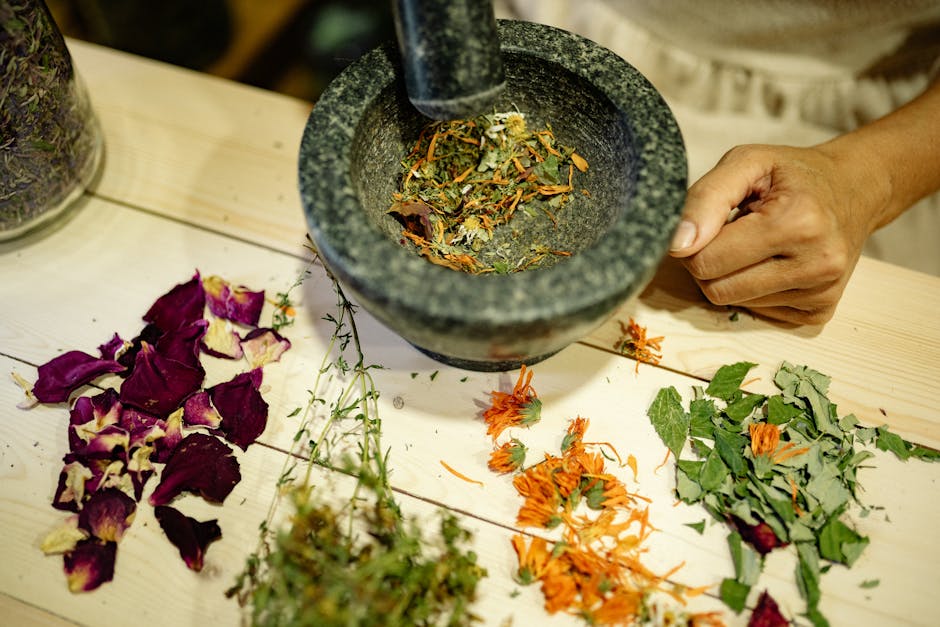A Trusted Remedy Turns into Deadly Poison
A medicine meant to soothe a child’s cough has become a harbinger of death. Across several Indian villages, a chilling silence has descended, uniting communities in unimaginable grief after 14 young lives—full of nascent dreams and infectious laughter—were extinguished. Their deaths were not caused by a cruel twist of fate or an incurable disease, but by a bottle of cough syrup, a trusted household remedy that turned into a deadly poison.
The news has been met with a tidal wave of sorrow that is quickly hardening into rage. The real story unfolds in the hushed, heartbroken homes of the victims, where parents grapple with a horrifying reality.
“We took him to the doctor for a simple cold,” sobbed one father, his voice cracking on a national news channel. “We gave it to our son, thinking we were making him better. How could we know we were giving him poison?”
What Made the Cough Syrup Toxic?
Preliminary reports are as infuriating as they are horrifying. The cough syrup, administered by trusting parents to their ailing children, was allegedly contaminated with Diethylene Glycol (DEG). DEG is an industrial solvent used in antifreeze and brake fluids. It is sometimes used illegally by unscrupulous manufacturers as a cheap—and lethal—substitute for legitimate solvents because of its sweet taste.
When ingested, Diethylene Glycol is known to cause acute kidney failure, neurological damage, and, as this tragedy has brutally demonstrated, death.
A Nation’s Sorrow Hardens into Outrage
The anger and grief in India after 14 children died from this toxic cough syrup is palpable. On social media, the hashtag #MurderByMedicine is trending as citizens demand answers and accountability. His question hangs heavy in the air, an indictment of a system that has failed its most vulnerable.
This is not just a case of corporate negligence; it is a catastrophic failure of regulation and oversight. How does a tainted batch of medicine, laced with a known toxin, make it past quality control and into the hands of a local chemist? Where were the checks and balances designed to prevent such a disaster?
A Grim Echo of Past Tragedies
For many, this tragedy feels painfully familiar. It echoes the horrific incidents in Gambia and Uzbekistan, where Indian-made cough syrups contaminated with the same toxins were linked to the deaths of dozens of children. Those events tarnished India’s reputation as the “pharmacy of the world” and led to promises of stricter protocols and a crackdown on errant manufacturers.
Yet, here we are again, mourning our own children, victims of the same systemic rot. The anger is directed squarely at the pharmaceutical company in question and at the regulatory bodies, including the Central Drugs Standard Control Organisation (CDSCO). For years, health activists have warned of gaping holes in India‘s drug regulation framework, citing insufficient inspectors and outdated laws. These 14 deaths are the brutal consequence of that inaction.
Demands for Accountability and Systemic Change
Authorities have launched an investigation. The manufacturer’s license has been suspended, samples have been seized, and promises of “swift and severe action” have been made. But for the grieving families, these are hollow words.
Justice, for them, will not bring back a child’s embrace. What they, and the rest of India, demand is not just punishment for the guilty but a complete overhaul of the system. The goal must be to ensure that no parent ever again has to live with the horror of having poisoned their own child with a trusted medicine. This scar on the nation’s conscience must fuel real, lasting change.




